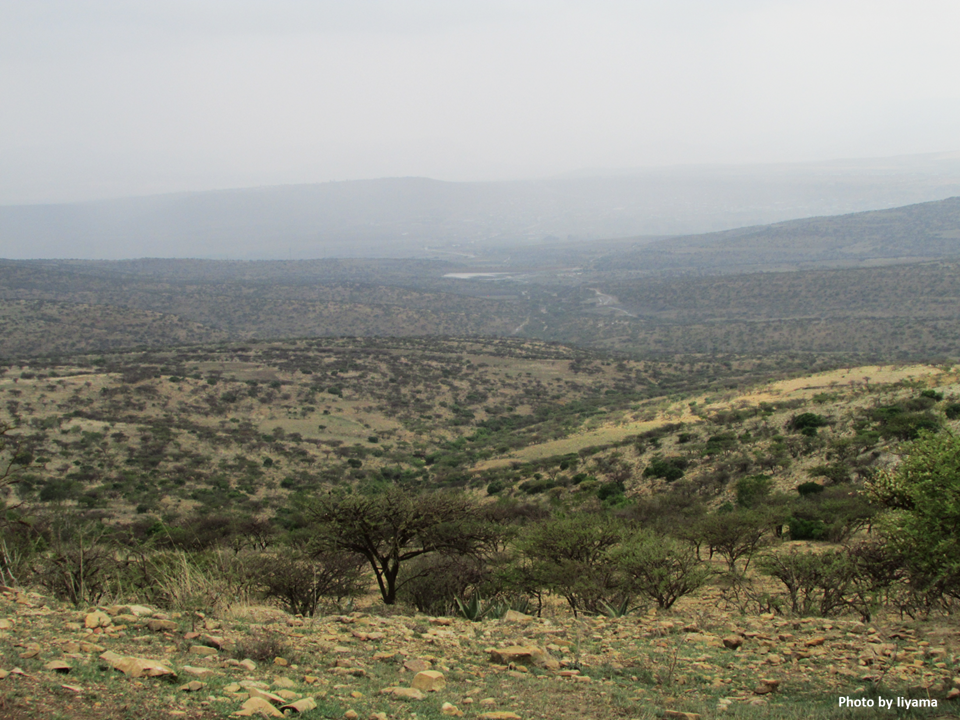Pick Up
1388. The Impact of More Severe and Longer-Lasting Droughts

1388. The Impact of More Severe and Longer-Lasting Droughts
Climate change is bringing about more severe and longer-lasting droughts in many regions around the world. While some ecosystems have shown resilience to increasing drought intensity, this situation may change as droughts become more severe. To fully understand ecosystem response patterns to drought duration, it is necessary to evaluate interactions with drought intensity.
Grassland and shrubland ecosystems worldwide cover approximately 40% of the Earth's land surface, providing important ecosystem services (e.g., food, forage, and fiber), and their productivity is highly sensitive to precipitation fluctuations. A paper published in Science quantified the combined effects of drought duration and intensity on global terrestrial net primary productivity (the total primary production of plants through photosynthesis minus respiration, which corresponds to the amount of carbon input to an ecosystem) in 74 grassland and shrubland sites distributed around the world. The International Drought Experiment (IDE) was established on six continents. All IDE sites used a common experimental approach, using passive rain shelters to simulate year-round droughts for up to four years. This enabled cost-effective assessment of the impacts of drought duration while reflecting key characteristics of natural drought events (i.e., low magnitude and frequency of rainfall events and long periods between rainfall events). The IDE results indicated that ecosystems exposed to multi-year, moderate (or less severe) droughts were likely to maintain this limited level of function (i.e., exhibit ecosystem adaptation) after experiencing an initial loss of function in the first year. In contrast, increasing severity to historically extreme levels resulted in a pattern of cumulative loss of function over time. Over time, the greater the species loss, the more pronounced the drought-induced productivity decline.
The experiment observed that ecosystems generally adapted to multi-year droughts, except for extreme droughts (occurrences of less than 1 in 100 years). However, productivity losses after four consecutive years of extreme drought increased approximately 2.5-fold compared to the first year. These results portend a fundamental change in ecosystem behavior as drought duration and intensity increase: from a state of sustained reduced function over time to a state in which productivity declines significantly over time during extreme droughts.
The paper notes that many grassland and shrubland ecosystems, like the majority of IDE sites, are distributed across a wide range of semi-arid to arid climates, and that the finding that water-limited systems have the ability to respond quickly to short-term fluctuations in precipitation while simultaneously maintaining function during longer dry periods is consistent with the long-term stability of these ecosystems. Meanwhile, the finding that extremely intense and prolonged droughts rapidly erode grassland and shrubland ecosystems' resistance to sustained droughts portends an uncertain future for these ecosystems, threatening their long-term stability and the ecosystem goods and services they provide. With extreme consecutive droughts, including megadroughts, predicted to increase with climate change, the paper warns of the potential for reduced productivity if extreme droughts occur consecutively.
Reference
Timothy Ohlert et al. Drought intensity and duration interact to magnify losses in primary productivity. Science (2025). https://www.science.org/doi/10.1126/science.ads8144
Contributor: IIYAMA Miyuki, Information Program
